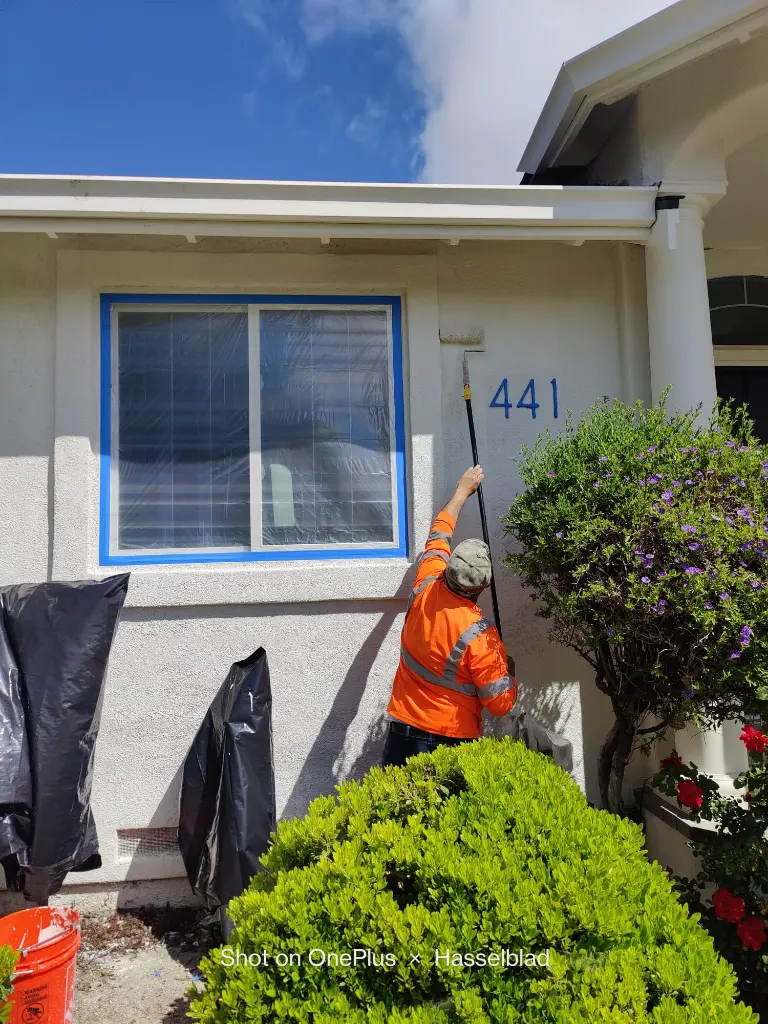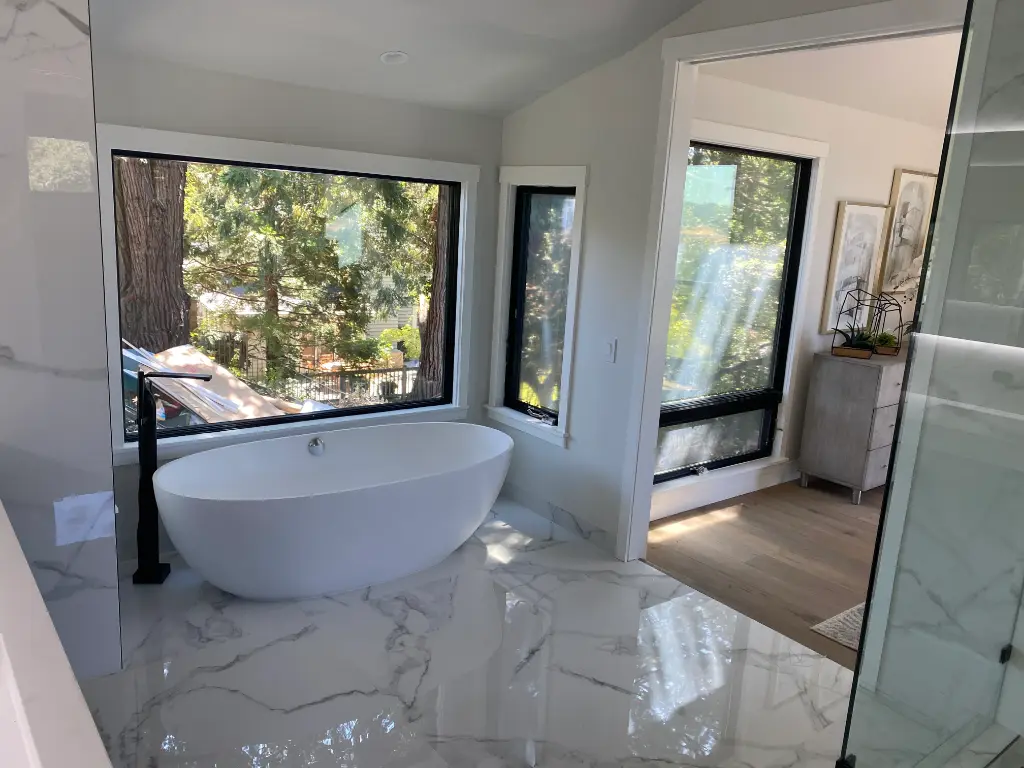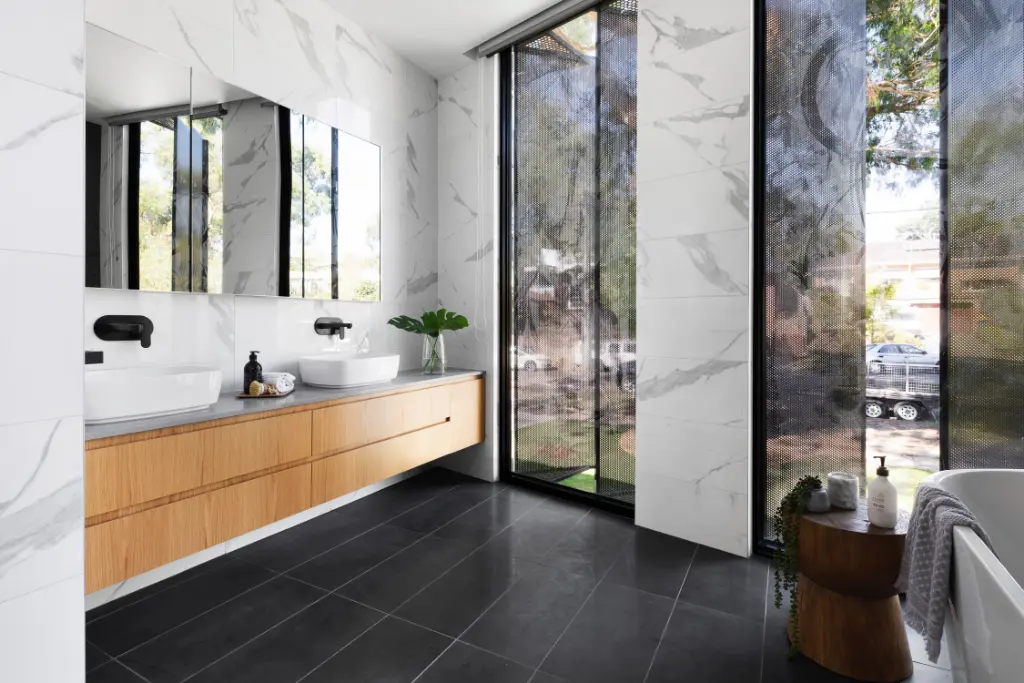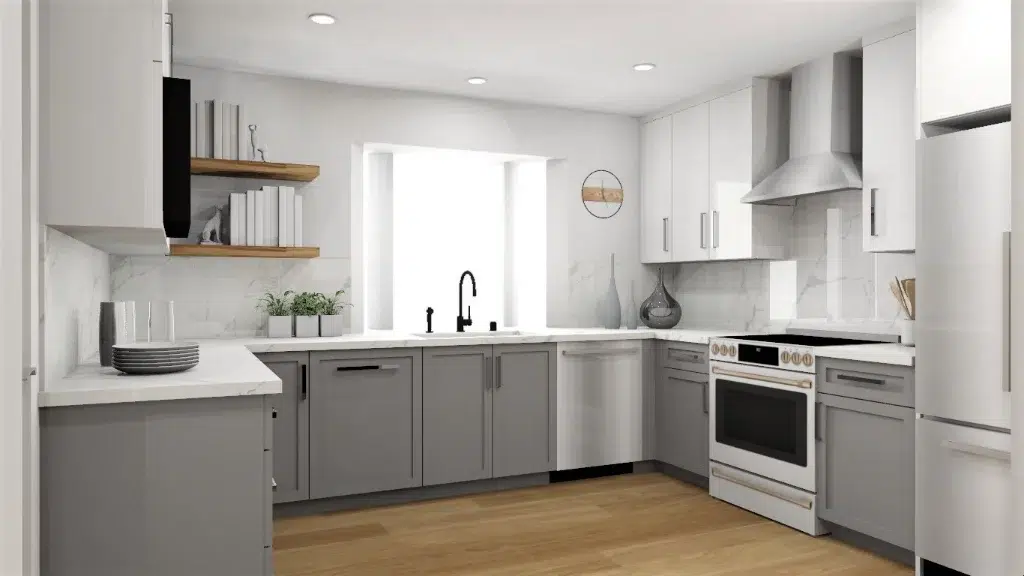If you’ve ever thought about building or remodeling a home, you’ve probably come across the term TJI Joists at least once. They’re one of the most exciting advances in home framing, making the entire building process easier, faster, and more reliable. Traditional lumber framing has been around forever, but it’s definitely not perfect. Warping, squeaking, and inconsistency can lead to annoying issues like creaky floors and uneven ceilings. But what if you could skip all those headaches entirely? That’s exactly what they offer. Today, we’ll break down exactly what makes them different and why builders—and homeowners—love them!
What Are TJI Joists?
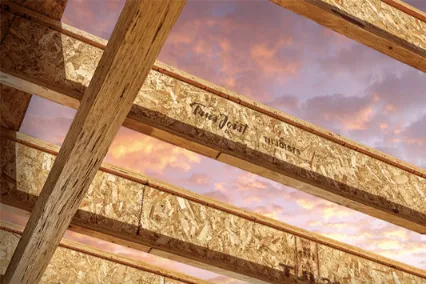
So, let’s start with the basics: what exactly are TJI Joists? The name stands for “Trus Joist I-Joists,” and they’re special beams made from engineered wood rather than traditional lumber. Think of them like an “I”-shaped sandwich—two horizontal wooden flanges with a vertical piece connecting them in the middle. Because they’re manufactured, they don’t have the unpredictable variations of regular lumber.
The best thing about them is their reliability. With traditional wood beams, you never know exactly what you’re going to get—sometimes they’re strong, sometimes they’re warped, and sometimes they’re just plain unusable. With these, that’s never a worry because each beam is specifically engineered to be strong and consistent every time.
How TJI Joists Are WAY Better Than Traditional House Framing
If you’re wondering why you should consider TJI Joists over regular lumber, let’s break down some clear benefits. First, they’re lightweight, which means easier handling, quicker installation, and lower labor costs. If you’ve ever carried around heavy lumber beams, you know exactly what I’m talking about!
Next, one of the most frustrating things about lumber framing is the squeaks and creaks you get over time. Since regular lumber can warp, twist, or shrink, your floors often end up uneven or noisy. But with these, your floors remain quiet, flat, and comfortable for years. That alone can make your home feel higher-quality and more enjoyable to live in.
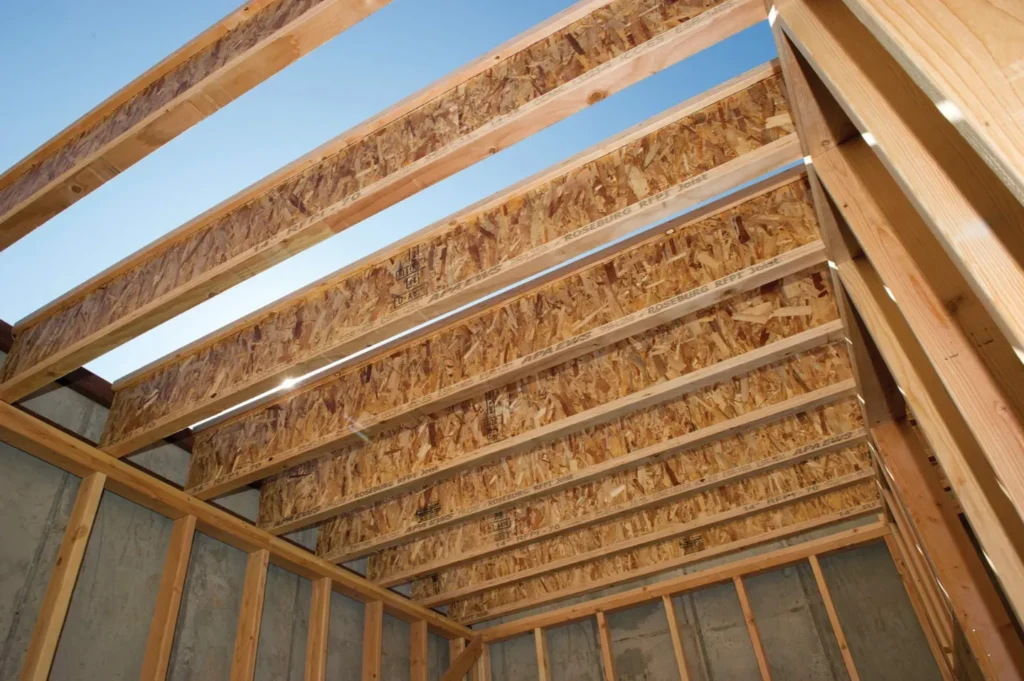
Top Tips To Ensure Your New Floor Looks Amazing
When you put them side-by-side, the advantages of TJI Joists over traditional lumber framing become crystal clear:
- Uniform Strength: Engineered for consistency—no weak spots or warping.
- Less Waste: Pre-made lengths and predictable sizing cut down on construction waste.
- Environmentally Friendly: Using engineered wood means fewer trees are used, making them a greener choice overall.
It’s pretty easy to see why most modern builders choose this material new homes. Simply put, they outperform lumber framing in every important category.
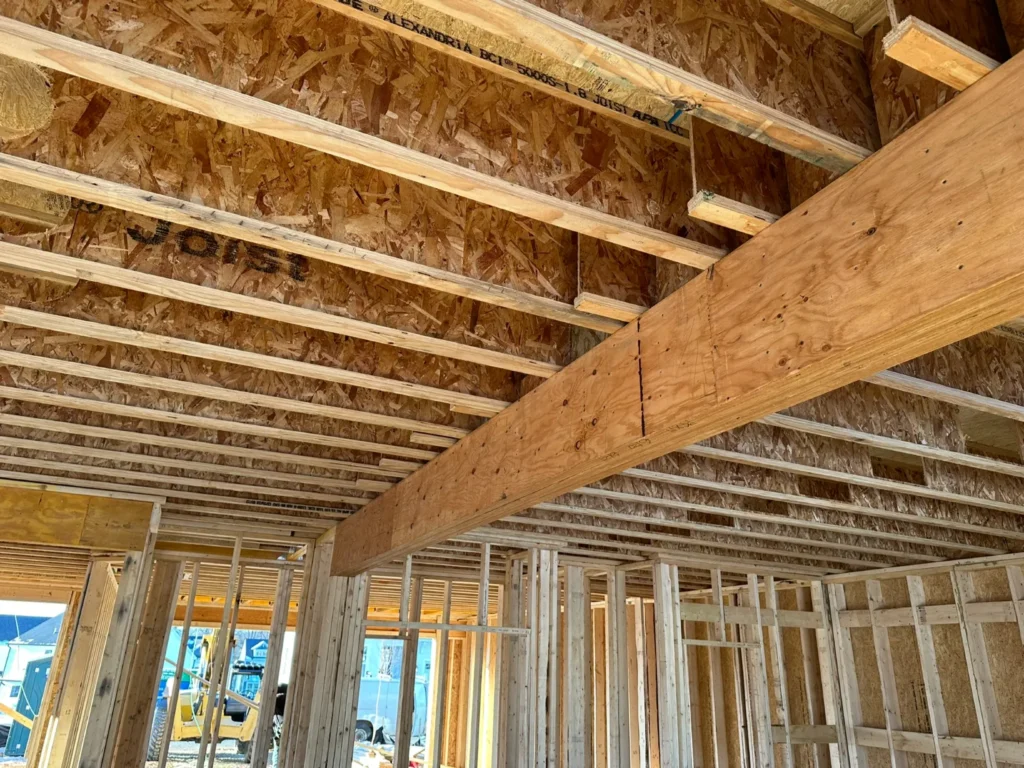
The Biggest Advantage Of TJI Joists: Design Flexibility
Here’s the part most homeowners love—design freedom! Because TJI Joists need fewer supporting beams, you can create open-concept layouts easily. Think about how amazing your home would feel without annoying support posts breaking up your rooms. Want a giant, open living room that connects effortlessly to your kitchen? With traditional lumber framing, you’d have a tough time pulling it off.
This flexibility also makes future home modifications easier. Want to expand rooms, add bigger windows, or create open, airy vaulted ceilings? You can do all of this more simply because they allow for fewer structural obstacles. Your home design can be more imaginative, functional, and visually appealing right from the start.
Looking For New Construction Services? Contact Us!
Ready to experience the difference for yourself? Rhino Builders specializes in new construction with TJI Joists, helping you create the home you’ve always imagined. Whether you’re still brainstorming or ready to start building tomorrow, we’re here to make the process smooth and enjoyable.
Don’t settle for outdated, frustrating framing methods—give yourself the advantage with modern, reliable TJI Joists. Contact Rhino Builders today for a free estimate, and let’s build something amazing together!
FAQs
How far can a TJI floor joist span?
A typical one can span between 16 to 26 feet, depending on joist depth, spacing, and load requirements. Larger joists spaced closely can span greater distances, allowing open layouts without additional supporting beams.
What is the difference between TGI and TJI?
There’s no structural difference; it’s usually a mix-up in naming. “TJI” stands for Trus Joist I-Joist, a registered brand by Weyerhaeuser, while “TGI” is commonly a misspelling or mispronunciation referring to the same engineered I-joist product.
Is I-joist stronger than wood?
Yes, I-joists are typically stronger and more consistent than traditional wood joists. They resist warping, twisting, and shrinking better, providing uniform strength throughout the beam, unlike lumber which can vary due to natural imperfections and moisture content.

